I’m not even halfway up the steep principal street and already I’m gasping for air as I approach the center of Limeuil. Fortunately, there are plaques telling the story of the village’s history every few yards, so it’s easy enough to stop and read one to mask my lack of physical fitness. I can’t remember an approach to a town’s center this physically demanding since my visits to the great fortress at Beynac, or the upper reaches of the castle keep at Commarque. But already I can tell that this town is worth the effort.
Limeuil is one of France’s “Plus Beaux Villages”
There are two very good reasons they ask all visitors to park at the bottom of this steep hill. The first is practical: Limeuil is officially designated one of the “Most Beautiful Villages” in France, and if people knew there was a back way to drive up to the centre ville, the place would be overwhelmed with traffic, and it would lose much of its charm. The second is a financial reality: only 350 people live here year-round, and (as a sign politely explains) they could not possibly bear the costs of maintaining the historic buildings and welcoming 250,000 visitors each year on their own without the small contribution they ask in the form of a parking fee at the bottom of the hill.
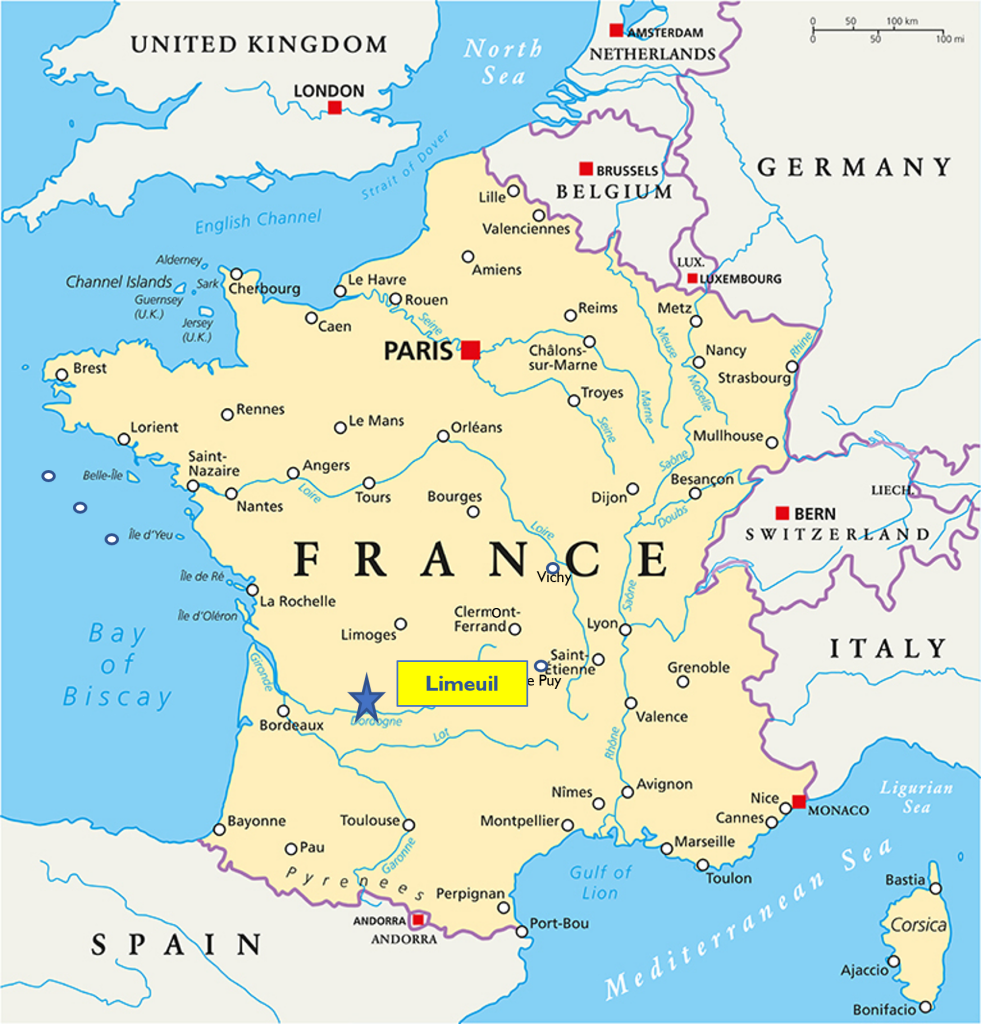
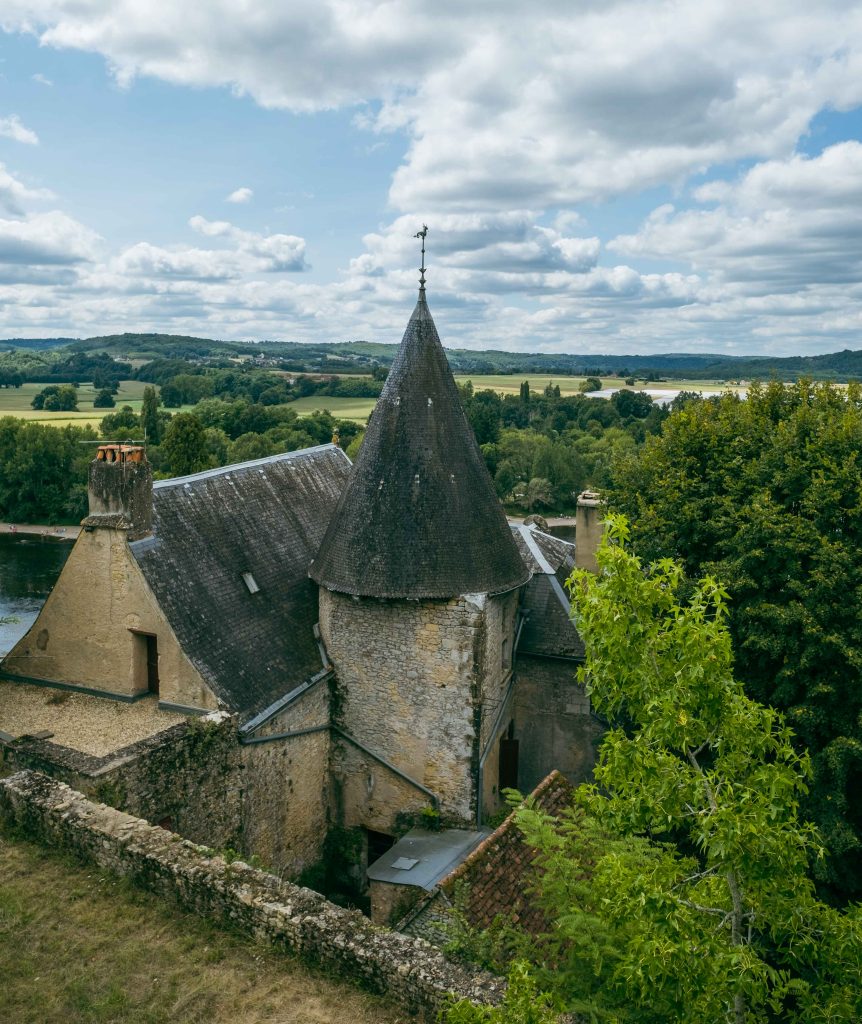
The fact that they get 250,000 visitors a year is a testament to the power of the “Most Beautiful Village” designation. To get on that elite list of 172 places across France, a village must meet several strict criteria and submit volumes of documentation in support of its application. Limeuil meets those criteria several times over, with more than the required number of significant historical sites, an abundance of attractive buildings and floral displays, and a willingness to invest in the amenities that give the town its “soul”. In return, they get the support of the national organization and an incredible amount of free publicity drawing tourists to the town.
Geography = History
And why is Limeuil such a remarkable spot in this part of France? It has everything to do with the collection of geographical features that come together here. Most notably, Limeuil lies at the confluence of two important rivers, where the Vézère empties into the Dordogne as it flows west toward Bordeaux. How can you tell which is which? The waters of the Dordogne are blue; those of the Vézère are green. There’s an unusual “Y”-shaped bridge to manage traffic across the two waterways.
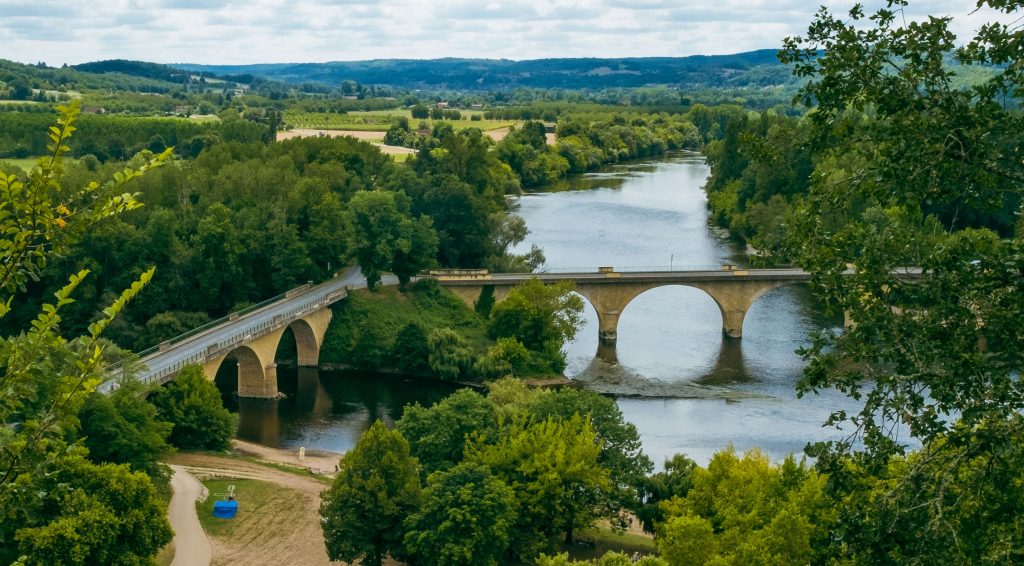
The intersection of the two rivers would have been enough to make this a prominent place in France’s history, but Limeuil also profited from the sharp little promontory that rises above this junction. That made it easy to build defensive positions here, and archeologists estimate that people have been doing just that for almost 15,000 years! Prehistoric humans were here first – there’s a cave (not open to the public) with carvings on the wall and other evidence of human habitation dating from the Magdalenian period.
Then came waves of settlement and conflicts that I’ve seen repeated in several other places I’ve visited around central France: first came the Celts, who gave the town its original name (Lemoialum -- “place planted with elms”). After the Celts came the Gauls, then the Romans (around 50 B.C.E.), then the Vikings (in the 8th century C.E.), and before you know it the marauding armies of the King of England in the Hundred Years War (1337-1453) and then the 16th-century Wars of Religion… It’s no wonder they needed to build thick walls and a series of defensive structures at the top of this hill! This is obviously a town in which a particular grouping of geographic features had a powerful role in determining its history.
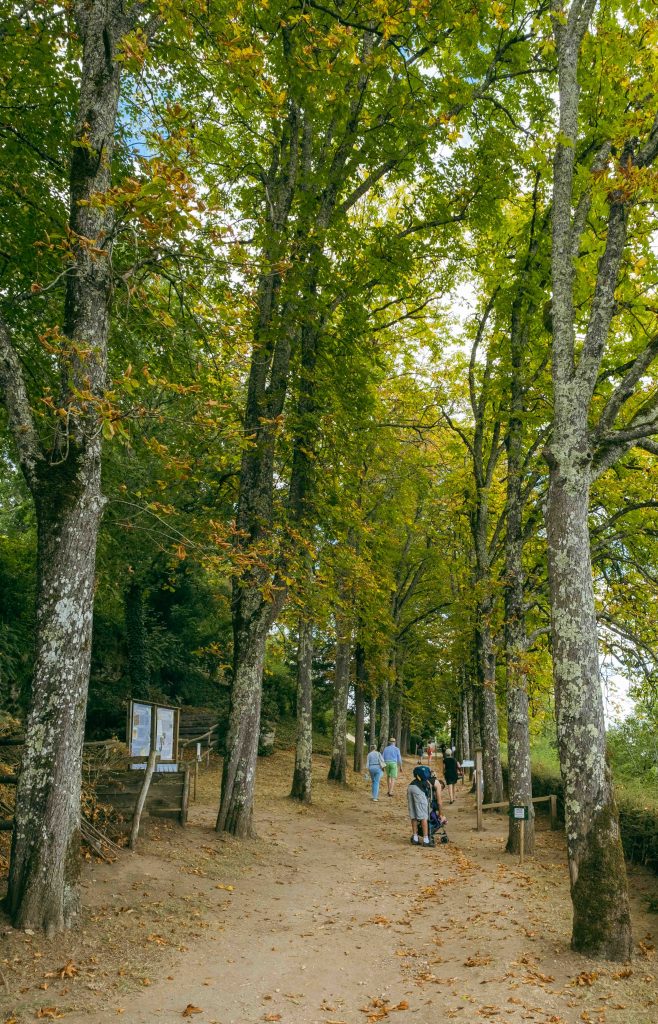
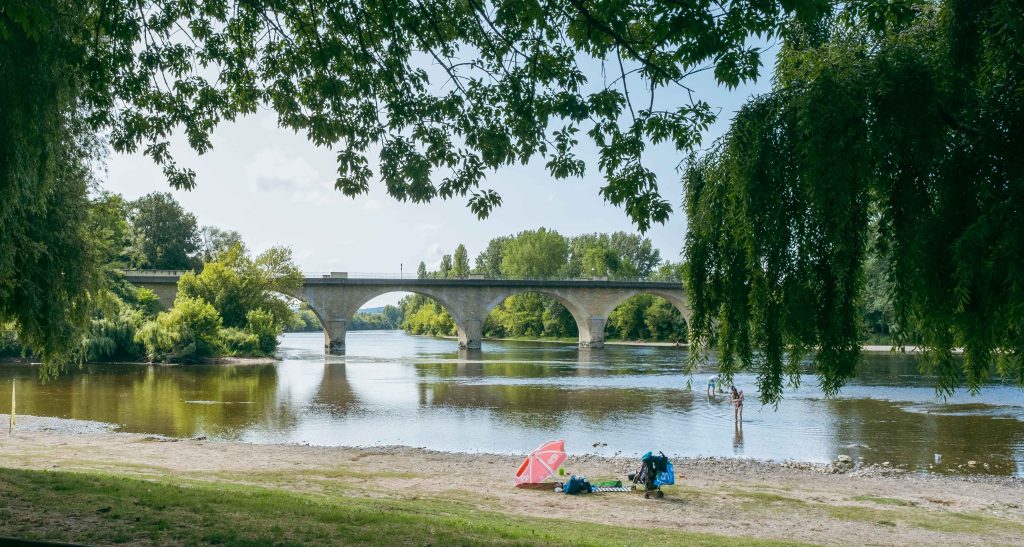
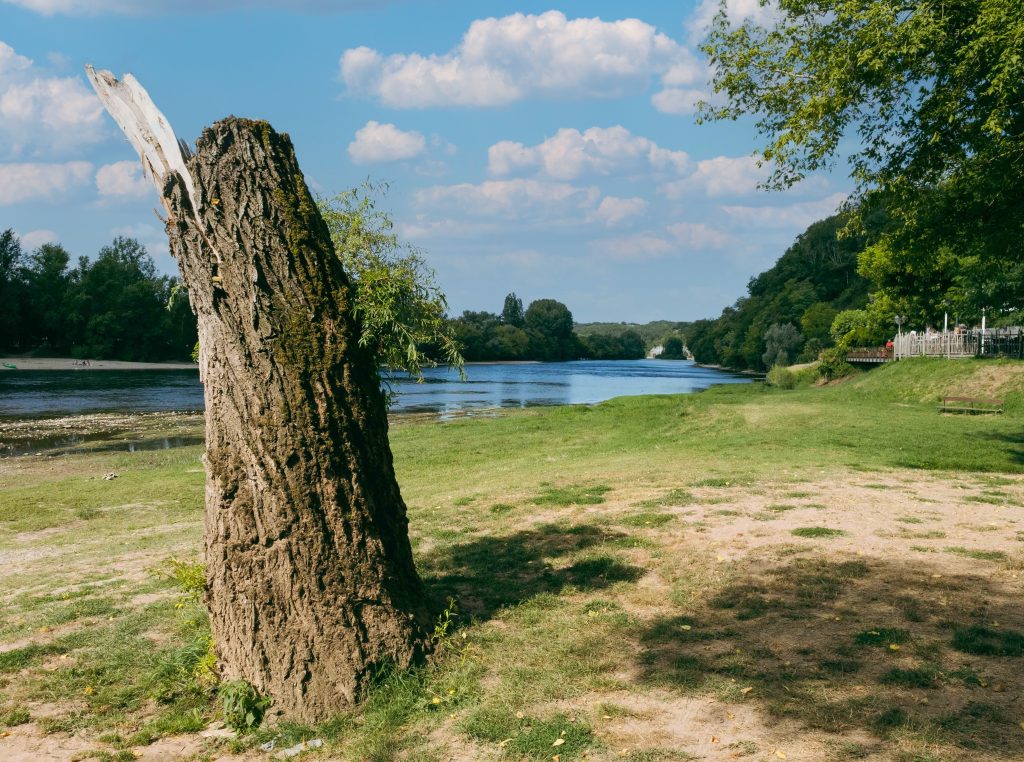
Limeuil: A key link in France’s ancient and medieval supply chains
That’s true in another way, too: for centuries, geography defined the main business of Limeuil. Today, with big trucks rolling up and down the autoroutes and long trains spreading out across the national rail network, it’s easy to forget a time when rivers were essential to making life economically feasible in the deep heart of France. But as the plaques up and down Limeuil’s main street attest, this was for centuries a major hub of transport in this part of the country.
River transportation was a tricky business at best – the Vézère and the Dordogne were too shallow for cargo boats in the summer, and melting snow and seasonal rains made this intersection prone to heavy flooding in the spring. In practice, these watery highways were only navigable about 200 days a year. But in season, hundreds of boats came into this major port town every year. Salt, dried fish, sugar, coffee, and spices came up the river from Bordeaux’s ports on the Atlantic coast and made their way by wagon and smaller boats into the mountainous center of France. Timber, iron, wine, and grain crops went downriver to be transferred to other, larger French ports in the north and west.
Visiting Limeuil today
Even though the river traffic largely disappeared with the advent of railroads in the 19th century, there are still plenty of reasons to spend a day exploring Limeuil:
- That very steep main street, once lined with spice shops, butchers, grocers, and blacksmiths, features many fine old houses worth seeing. Like Collonges-la-Rouge and a few other “Most Beautiful Villages”, Limeuil has transformed itself into a town for artisans and craftspeople; a sign at the bottom of the street lists 9 ateliers featuring jewelry makers, artists working in blown glass and tapestries, and several painters. There are also a half-dozen restaurants and cafes in this area.
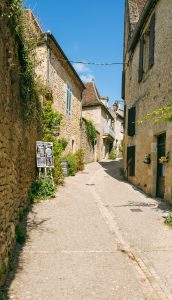
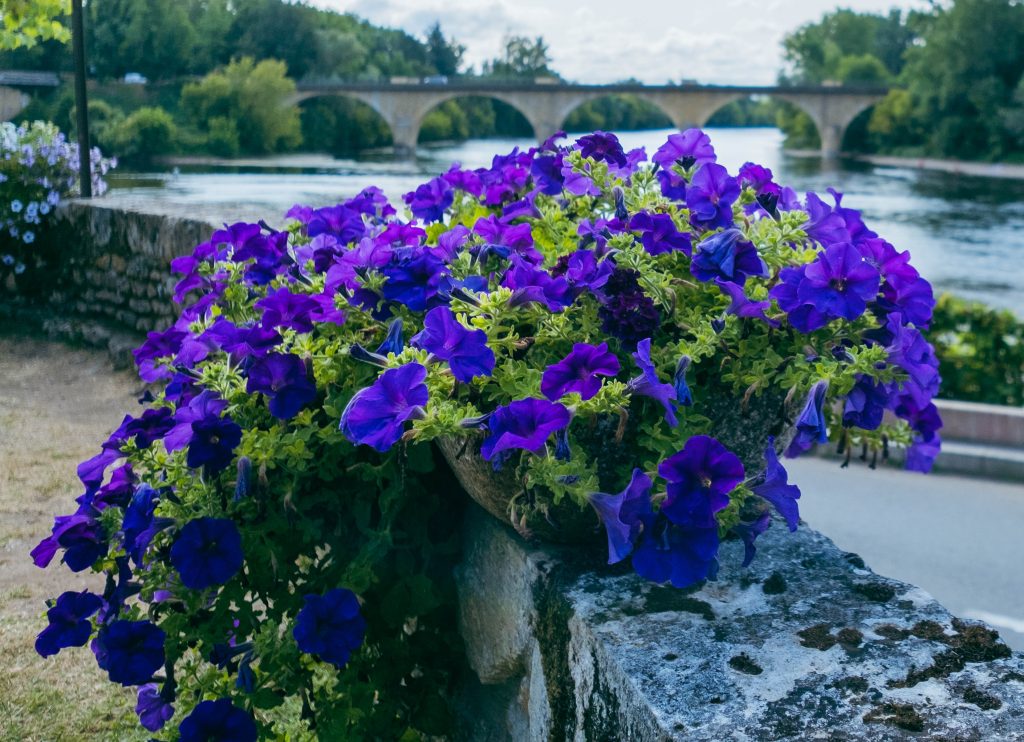
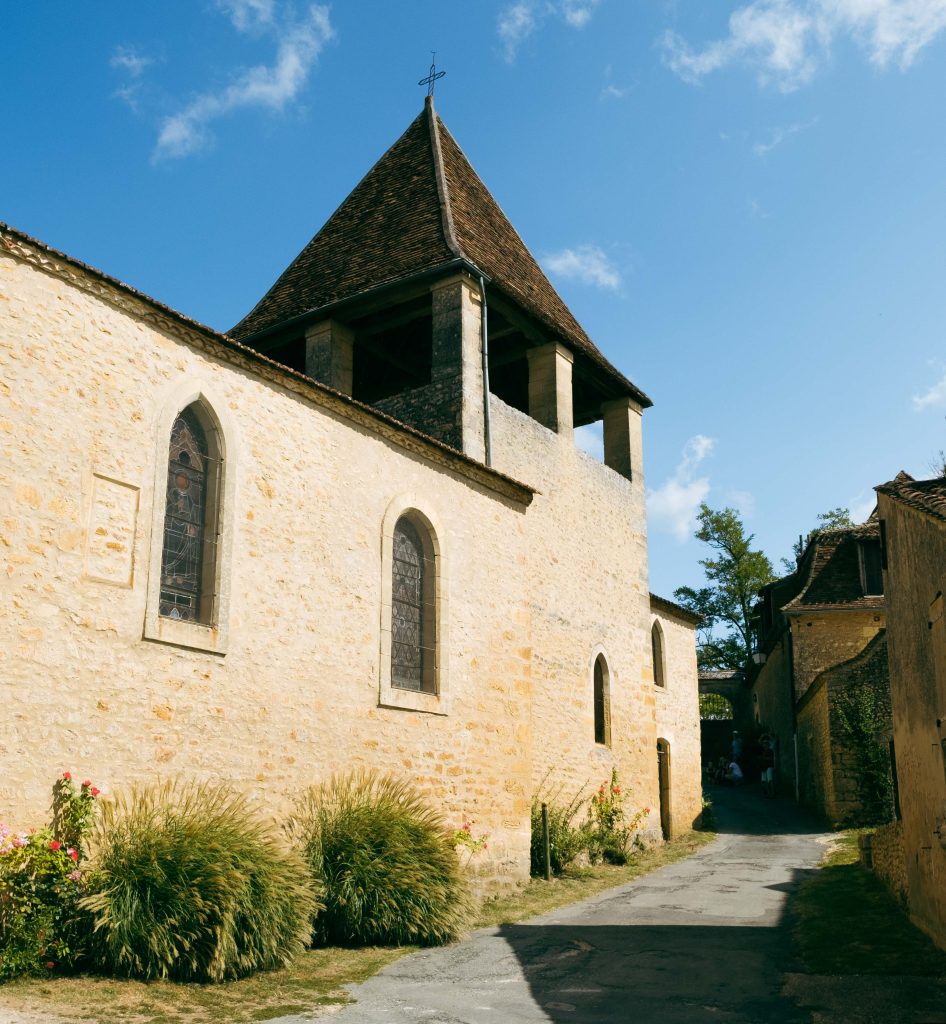
- This is a popular base for camping and river sports. There are a couple of nearby campgrounds, and here in the village, there’s a concession where you can rent canoes to explore the two rivers.
- Like so many small towns in France, Limeuil has a couple of prominent churches –the 14th-century Church of Saint Catherine of Alexandria (patron saint of boatmen, naturally!) in the centre ville, and further from town the “English” Chapel of Saint Martin. (Local legend says it was built on orders from King Richard the Lionheart in 1194 to expiate his father’s sin of causing the murder of Thomas A'Becket in Canterbury Cathedral; historians say this is unlikely.)
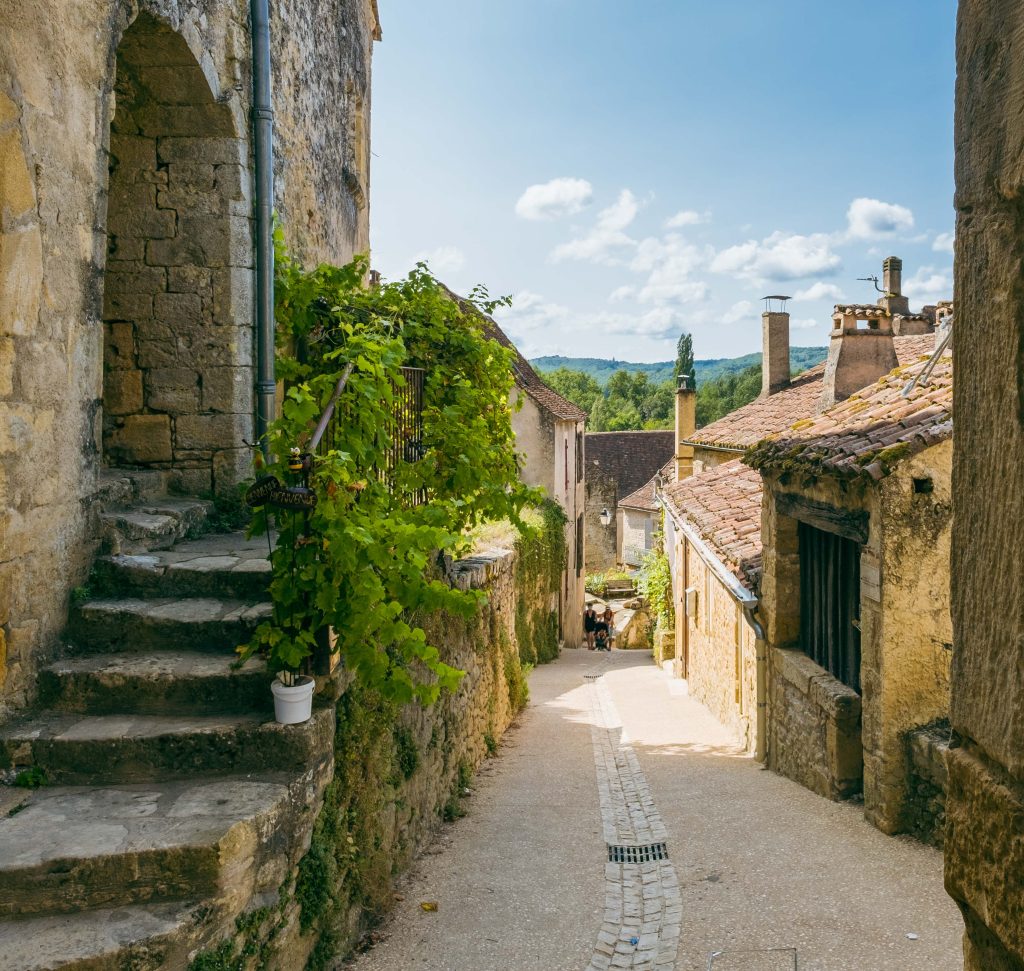
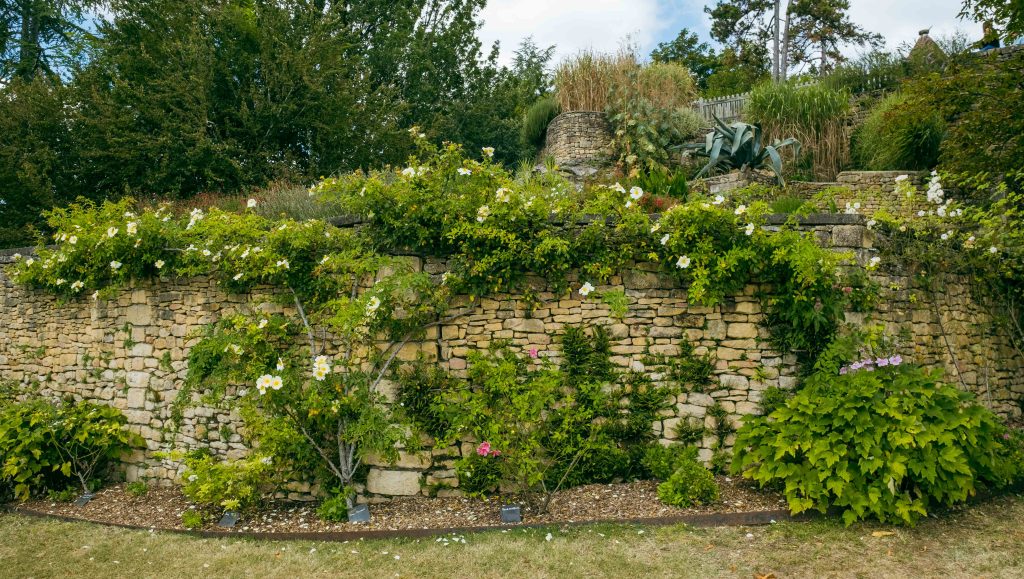
- Perhaps best of all, there is a fine “Panoramic Garden” overlooking the two rivers in the center of the village at the top of the main street. This was once the site of a defensive castle at the top of the promontory, but very little remains of it since it was destroyed in the 15th century. (Don’t be fooled by the crenelated walls on the main building that serves as headquarters for the Panoramic Garden; it’s a house refinished in the 1920s by a doctor who had cared for the Sultan of Morocco and who wanted to recreate some of the atmosphere of his North African home here.)
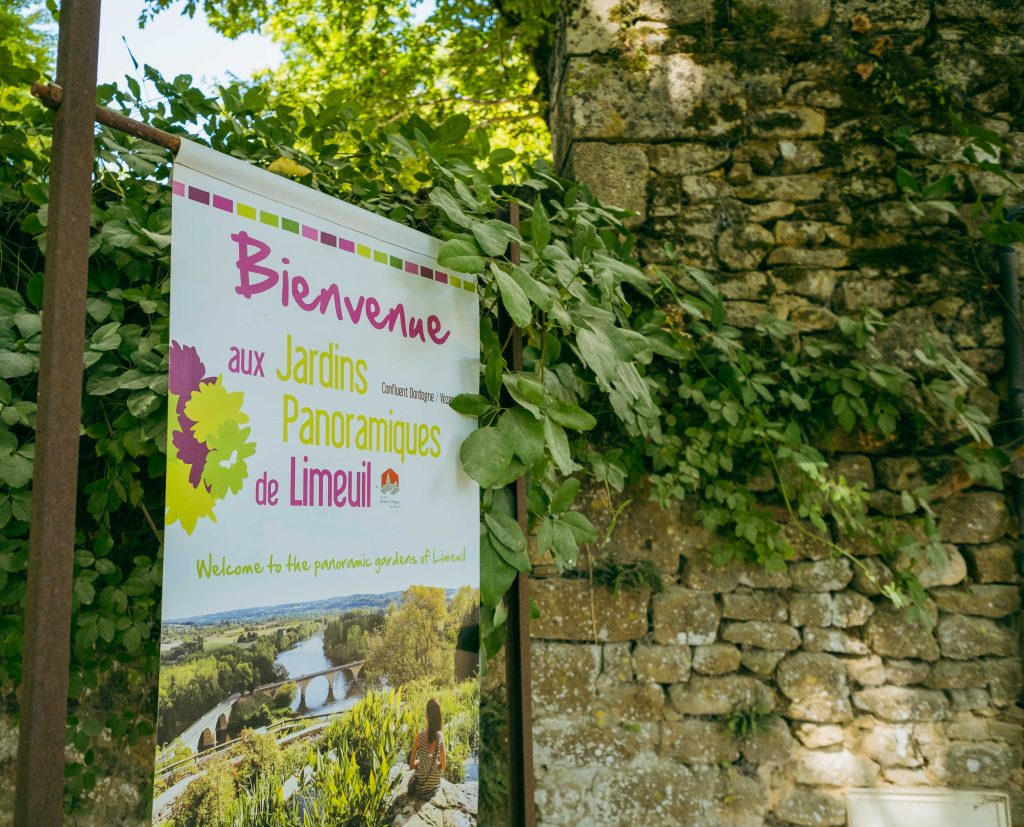
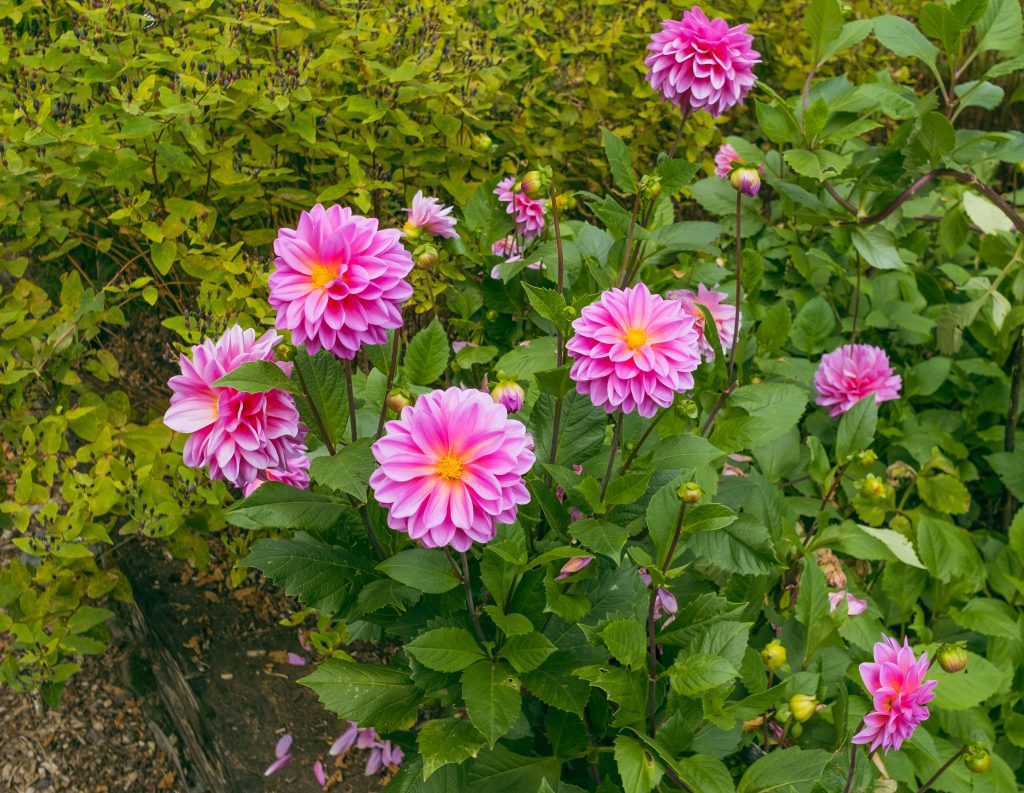
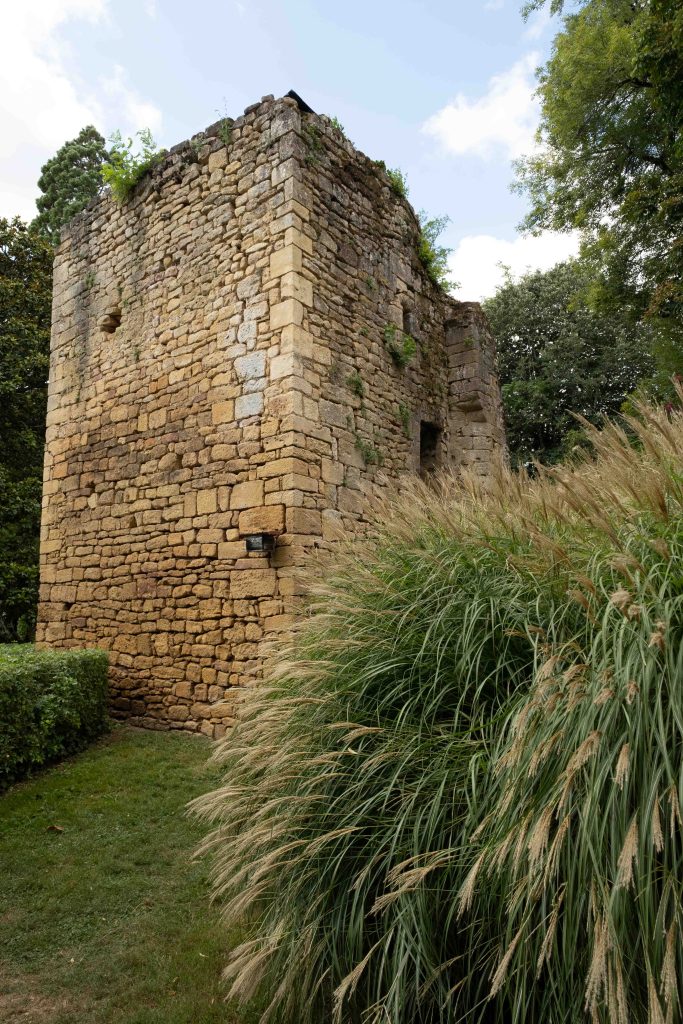

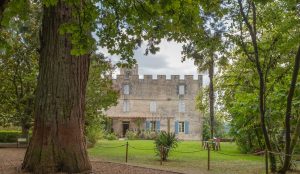
If you have any interest in gardening, though, you’ll find plenty to entertain you here. Some of the spaces are dedicated to historic gardens – that is, gardens featuring plants you might have found here in different periods from prehistoric through the Roman occupation and the Medieval and Renaissance periods, leading up to today. Open from April to November, the site also features an arboretum and several “specialty” spaces devoted to herbs (the fanciful “sorcerers’ garden”), a water garden, and a new “garden of well-being and the sun” featuring Mediterranean plants.
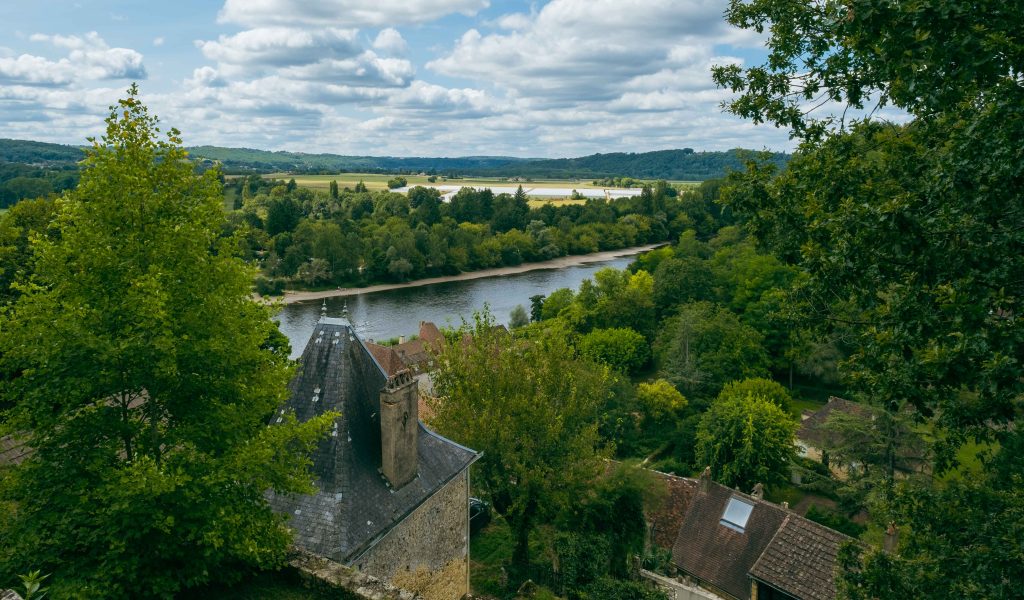
If you can stand the sharp hike up the main street, Limeuil is one of the lovelier and more interesting of the “plus beaux villages” in this region of central France. It’s only a 40-minute drive from the extraordinary medieval market town of Sarlat-le-Caneda, which makes a great base for exploring this part of the Périgord in the Dordogne. It’s also not far from Les Eyzies, where you can explore 400,000 years of human history in the fine French National Museum of Prehistory and the nearby caves of Lescaux. That main street reflects the many centuries of Limeuil’s existence, and the view from the Panoramic Gardens at the top is a fine reward for the effort it takes to get there!
Have you visited any of the 172 “Most Beautiful Villages” in France? Which was your favorite? Did you feel it was worth seeing? Please share your experiences in the comments section below – and while you’re here, I’d be grateful if you would take a second to share this article with someone else who is interested in the people, places, culture, and history of central France.
Unless otherwise noted, all photos in this post are copyright © 2023 by Richard Alexander
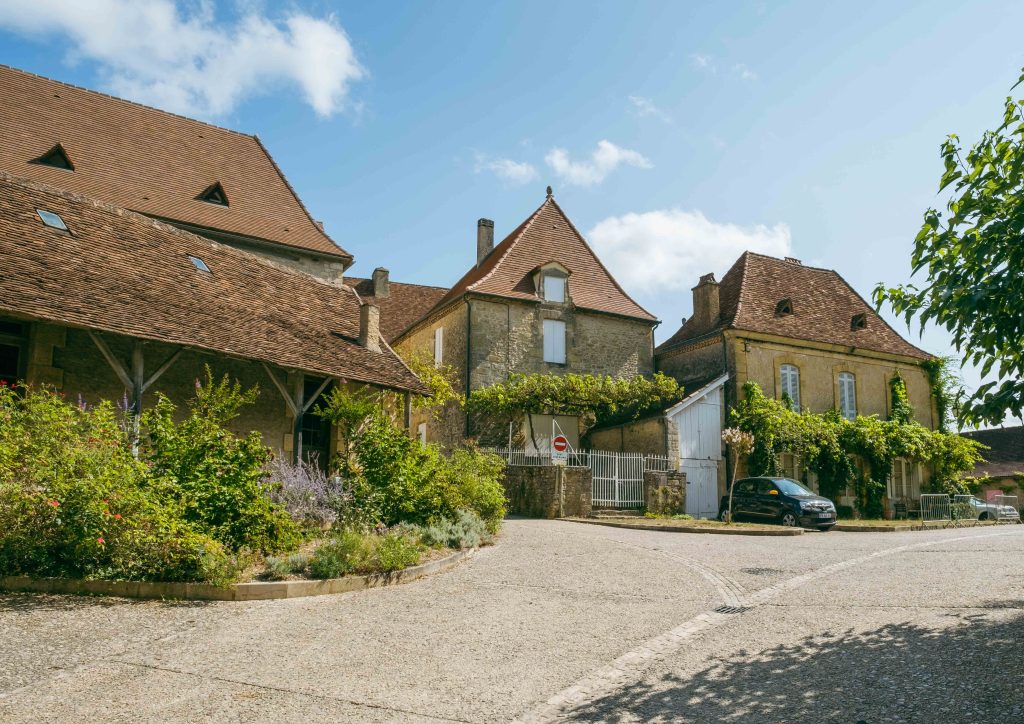
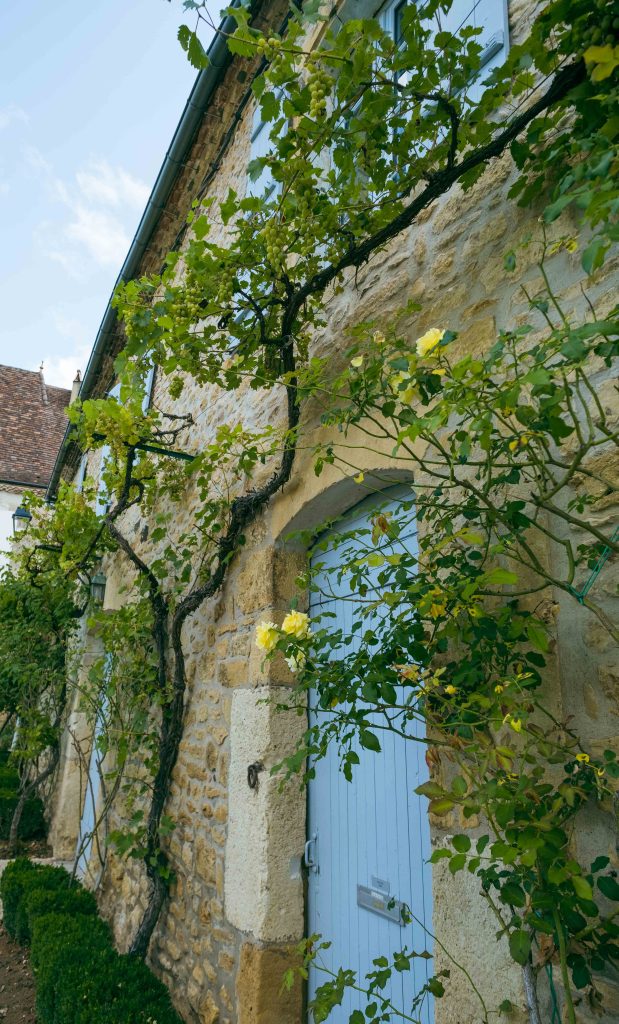
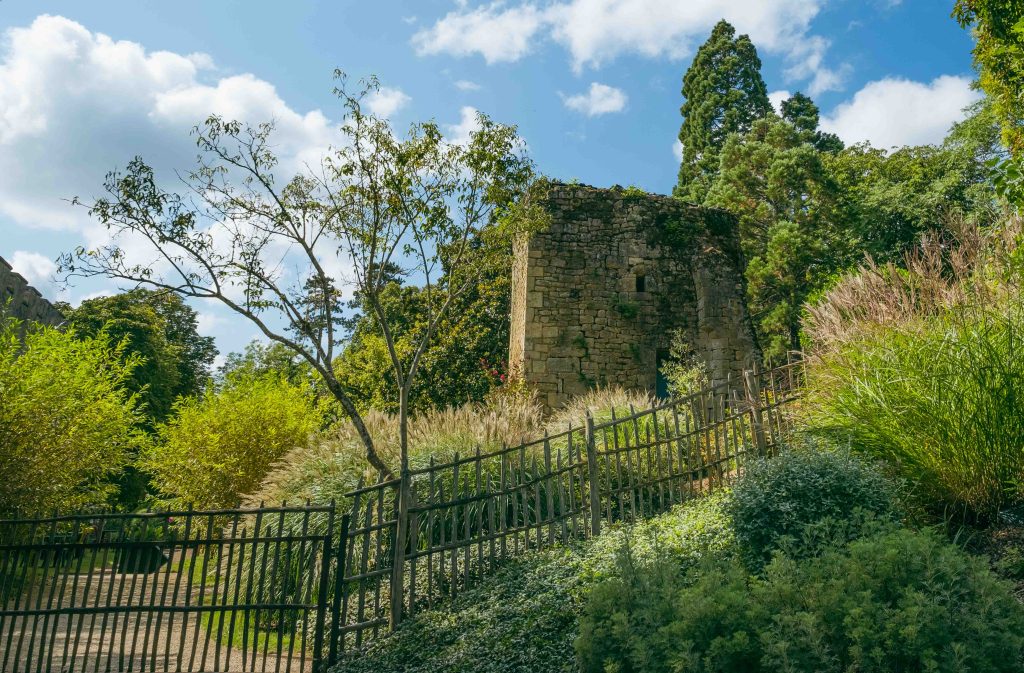
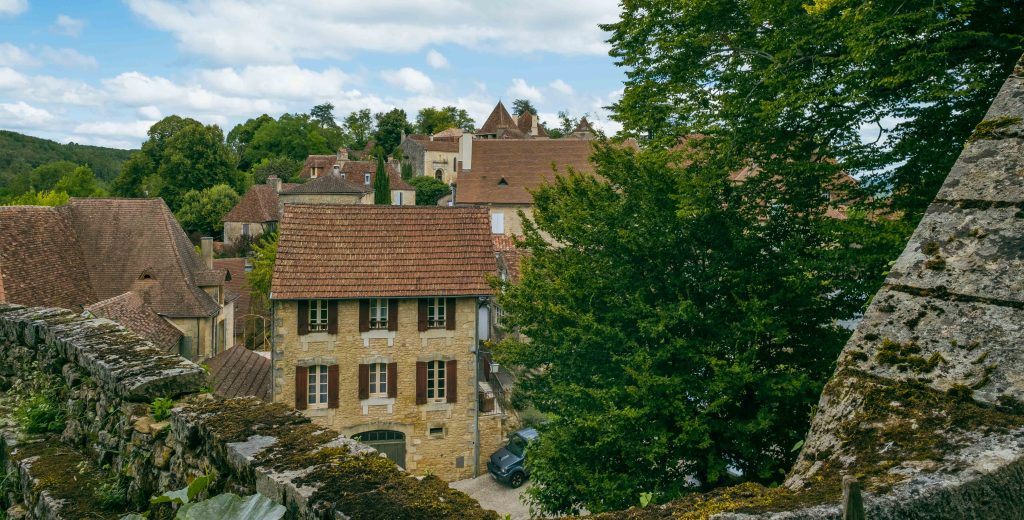
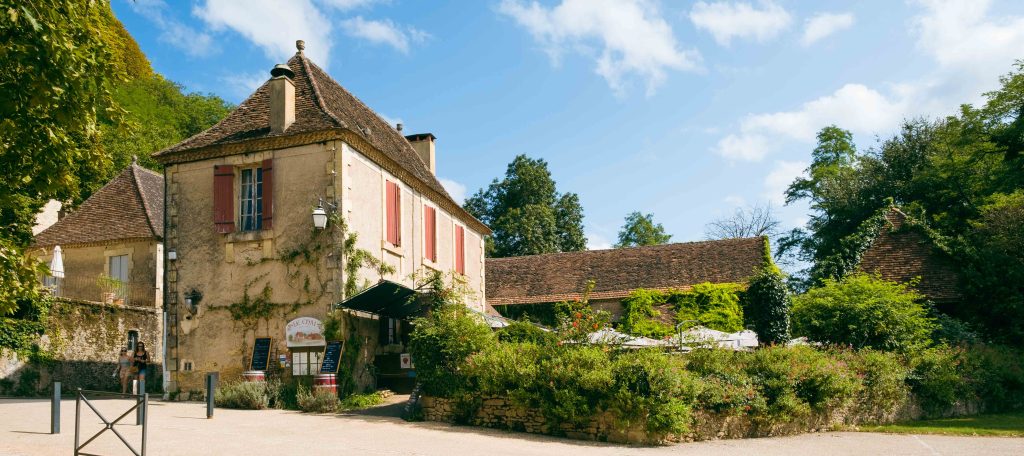

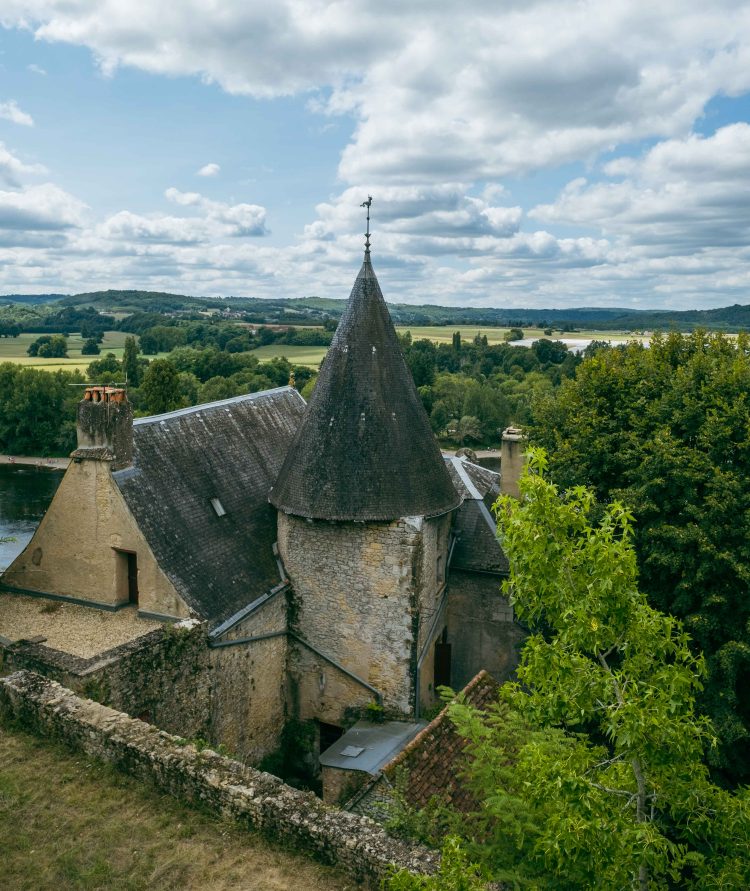

Thanks, Richard! I always love reading your info on France 🙂
Thanks for reading, Sheryl! All our best to you and Tom!
Oh how I wish you had published this before I went there and I would have had a lot more to explore. It was a stop off on a road trip to Andorra in our campervan and the full story is here: https://wheatypetes.world/2018/08/26/xixarella-or-bust-a-road-trip-to-andorra/ But one thing also, Richard: there is one of the best campsites I have stayed at in France just across the river with superb views of the town bordering the river beach opposite Limeuil. And those rivers are a perfect playground in the summer. Check out this video of my wife and daughter at play in the river (they’re the ones waving like maniacs from an inflatable tyre here): https://www.facebook.com/natasha.horsburgh/videos/10158307518953018/ Come winter/spring the campsite may flood, but there is never any snow, the owner told me. And you know how we love the markets? Well there are some gems near here: Le Buisson-de-Cadouin: market Friday, Le Bugue: market Tuesday, and Les Eyzies: seasonal market Monday all day. Thanks for another great, well-researched and informative post for Francophiles.
In fact, I did see this campsite, and it is beautifully situated, but since I’m not a big camper myself I didn’t think to mention it. Thanks for pointing this out and adding another very good reason to visit Limeuil! (Thanks, too, for the tips on local markets; we’ll try to visit them when we’re back in the area later this year.)
I enjoyed reading your account of your adventures on the road trip to Xixarella, and I particularly liked reading the story of what you saw at Rennes-les-Bains and the Fauteil du Diable. It’s exactly the kind of experience that brings us back, over and over, to this part of France, and you relate it with such feeling that it makes me want to go there myself!